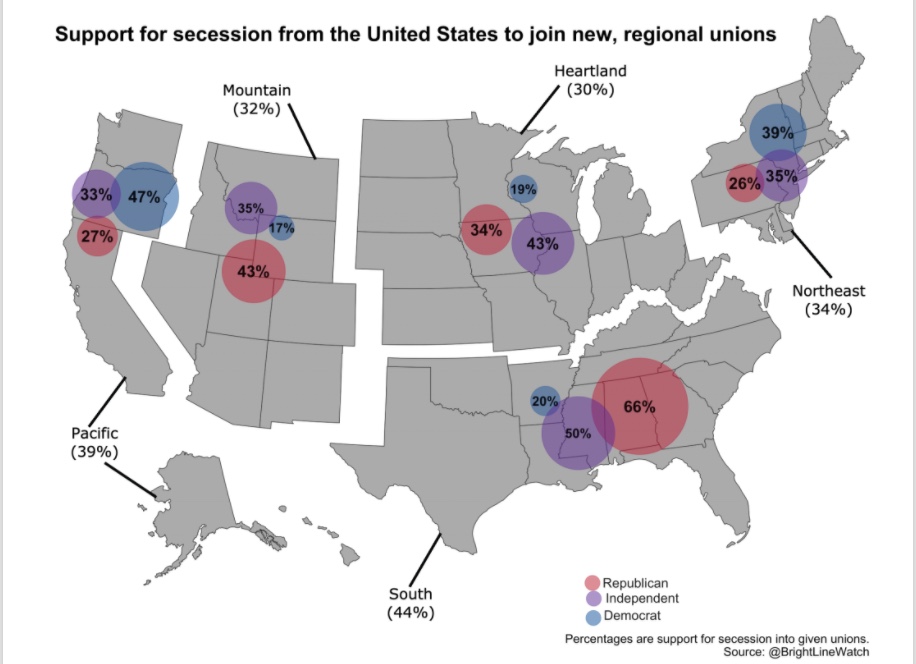Saturday, July 17th 2021 -

The Argentine University of Comahue Friday announced the discovery on its campus of dinosaur-era egg nests. The 73 specimens found are birds 85 million years old from the Cretaceous period.
A “nesting site” with more than 70 dinosaur-era eggs was found within the campus of the National University of Comahue (UNCo), in Neuquén, during a monitoring carried out by the Museum of Natural Sciences due to the future construction of new buildings in that place.
Scientists from the university pointed out that the eggs had been rescued to a protected area.
Researcher Juan Porfiri told Télam that they had decided to “carry out a monitoring of a sector of the university campus where new constructions are going to be executed in a very rich fossil deposit where we have found snakes and crocodiles and where we believe there is much more to be done.”
The scholar also explained that “we proposed before the works began, as there is paleontological risk, to do the monitoring in that sector where in previous years we had worked and found fossils.”
He added that “when they cleaned the place they found a nesting area that has many eggs from which we have rescued 73 so far and they continue to appear.”
Porfiri specified that what they found “is a nesting site that is 12 meters long by 5 meters wide.” He also explained that the eggs found at the university were of birds, some 85 million years old, from the Cretaceous period. “They are approximately 5 centimeters from end to end in an elliptical shape, with an extremely smooth shell unlike other dinosaur eggs that have appeared in the city of Neuquén that are rough, round and larger,” he went on.
The geological formation of the finding is called “Bajo de la Carpa” and “85 million years ago it was a place with dunes and small lagoons with a semi-arid climate,” explained Porfiri. Rescue efforts will continue in the coming weeks, although many of the materials found are on the site and others have been collected and have already been added to the Museum's collection.
Porfiri stressed that “there are several studies done on these bird eggs, but there are always new contributions through studies that are being made to know well why they are deposited, what form of deposit they have and, in turn, advance in some other types of investigations.“
”The paleontological site of the entire university campus is extremely important because fossil materials always appear,” he explained. Porfiri mentioned fossils found of “Notosuchio” crocodiles, or the “Alvarezsauros”, a family of dinosaurs which first surfaced “at the university campus and then their relatives began to appear in Mongolia, Canada and other parts of the world.”
Students from the UNCo's Geology department participate in the research project. They have been also involved in other initiatives with the Museum of Natural Sciences and the Secretariat for University Policies. “They are university volunteers specializing in paleontology and today they are faced with this opportunity to work on this project,” said Porfiri. The work team is coordinated by Porfiri and his paleontologist colleague Domenica dos Santos.
(Source: Telam)










/cloudfront-ap-southeast-2.images.arcpublishing.com/nzme/CES2AEWGVVRQESYMF2RGFMRPKY.jpg)
/cloudfront-ap-southeast-2.images.arcpublishing.com/nzme/MEY3MMVMULI3V2NSF7IDQI7EYI.jpg)
/cloudfront-ap-southeast-2.images.arcpublishing.com/nzme/C3HNJIG7JPHXHGN2PEF6JSNPXY.jpg)
/cloudfront-ap-southeast-2.images.arcpublishing.com/nzme/BJFPT2WKSVEIUVQEBHSLIKAPWE.jpg)



